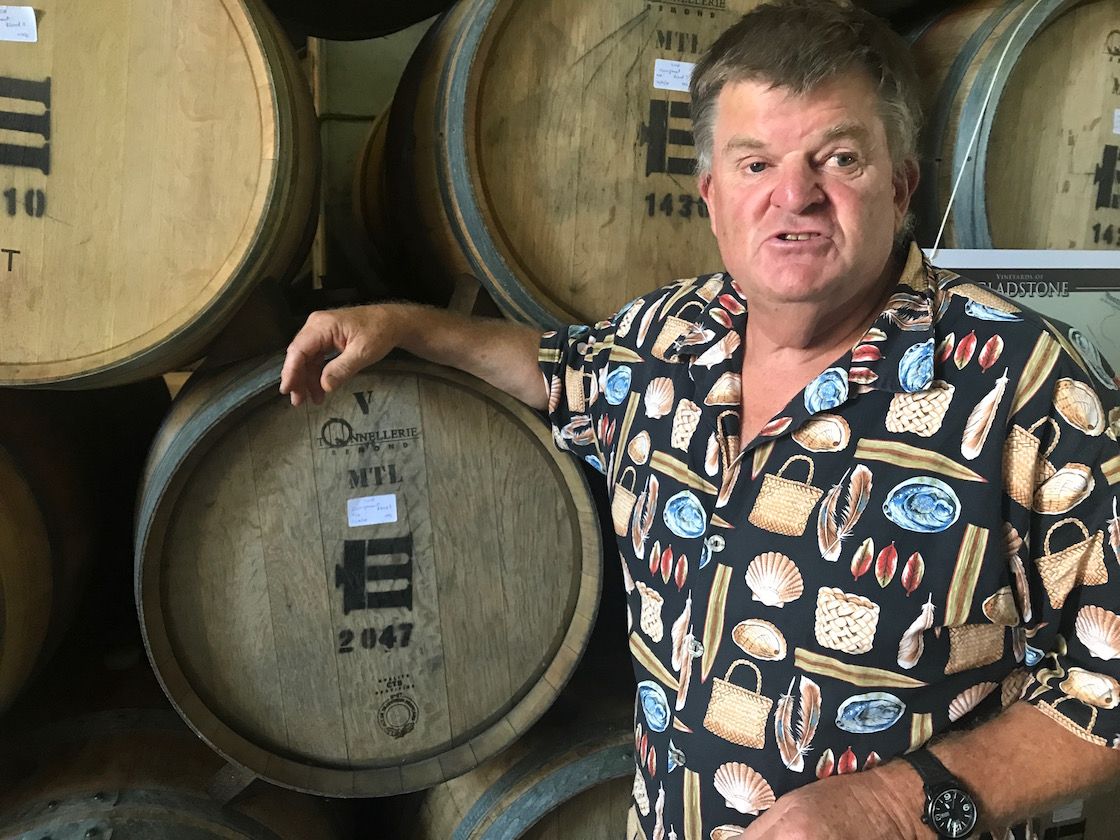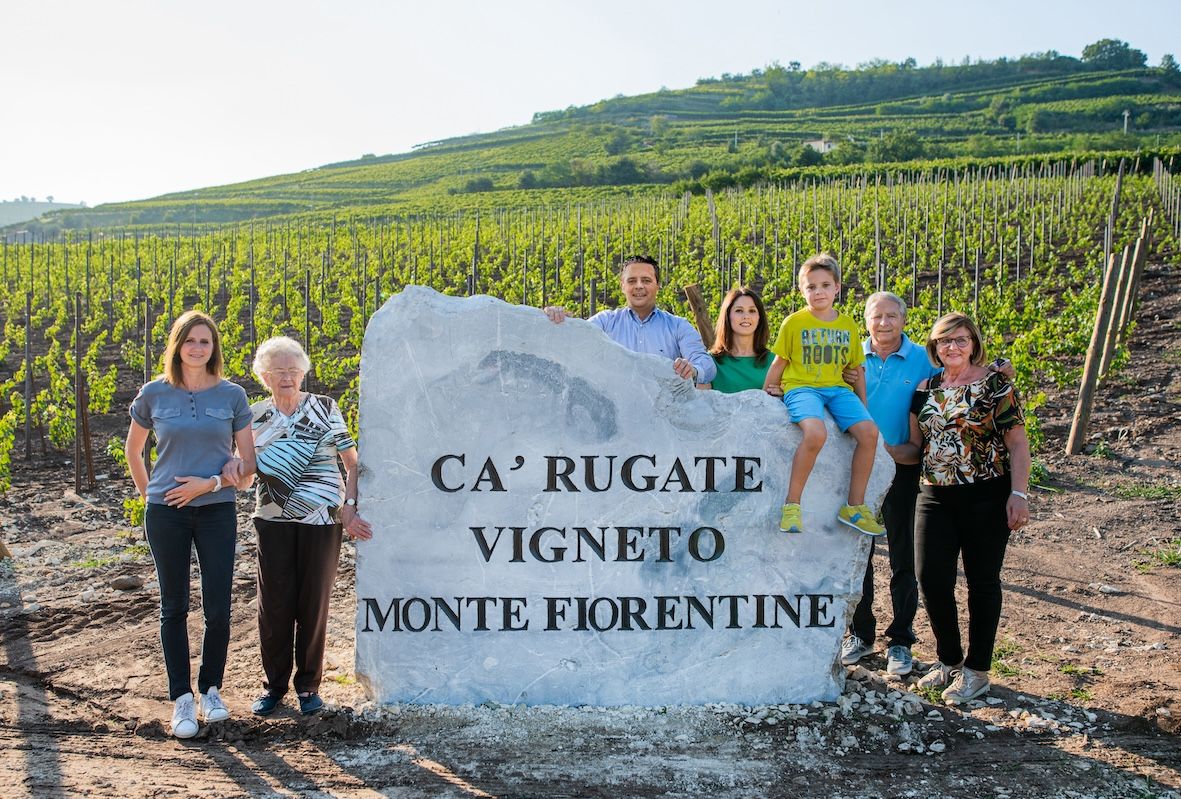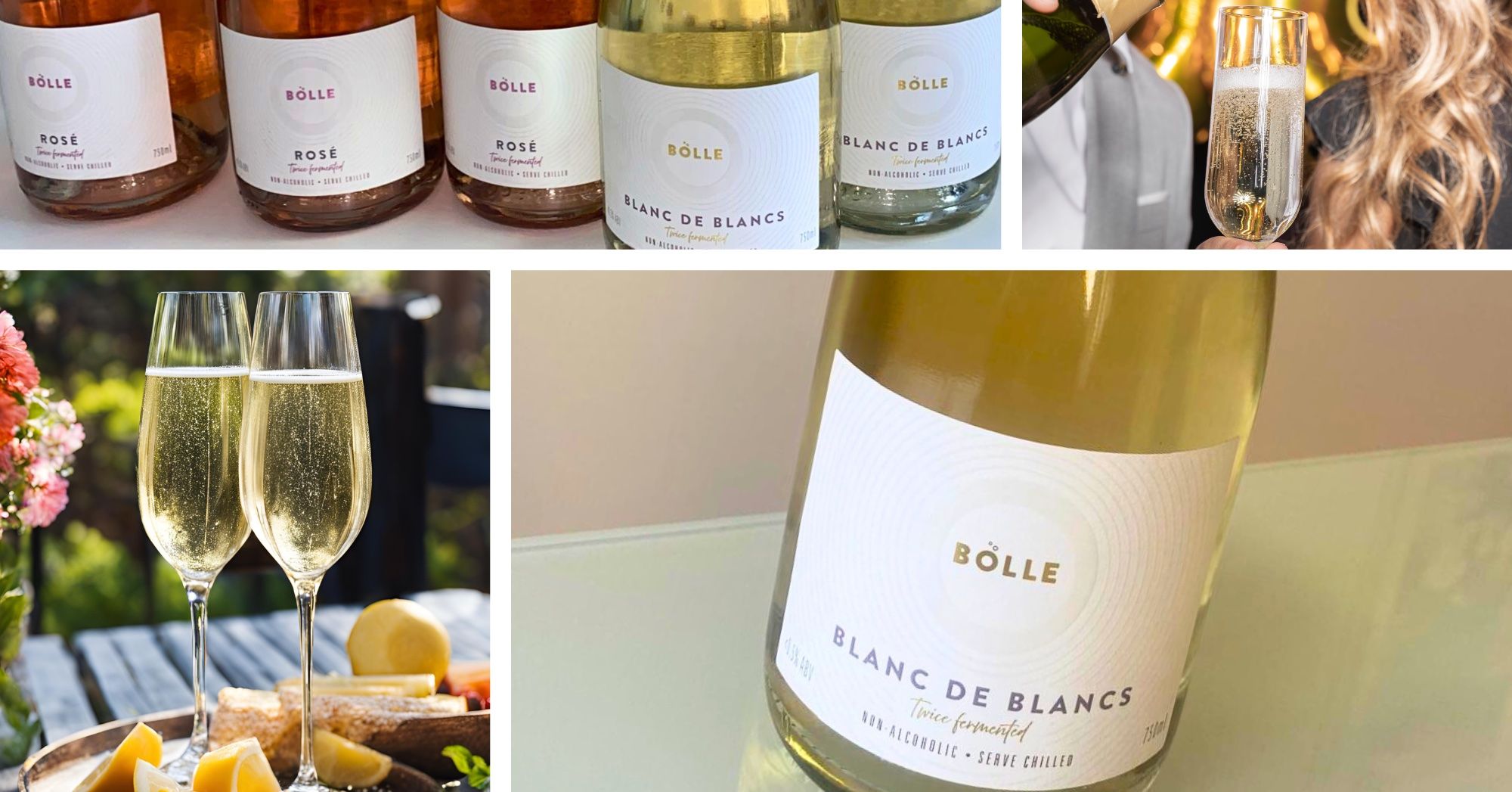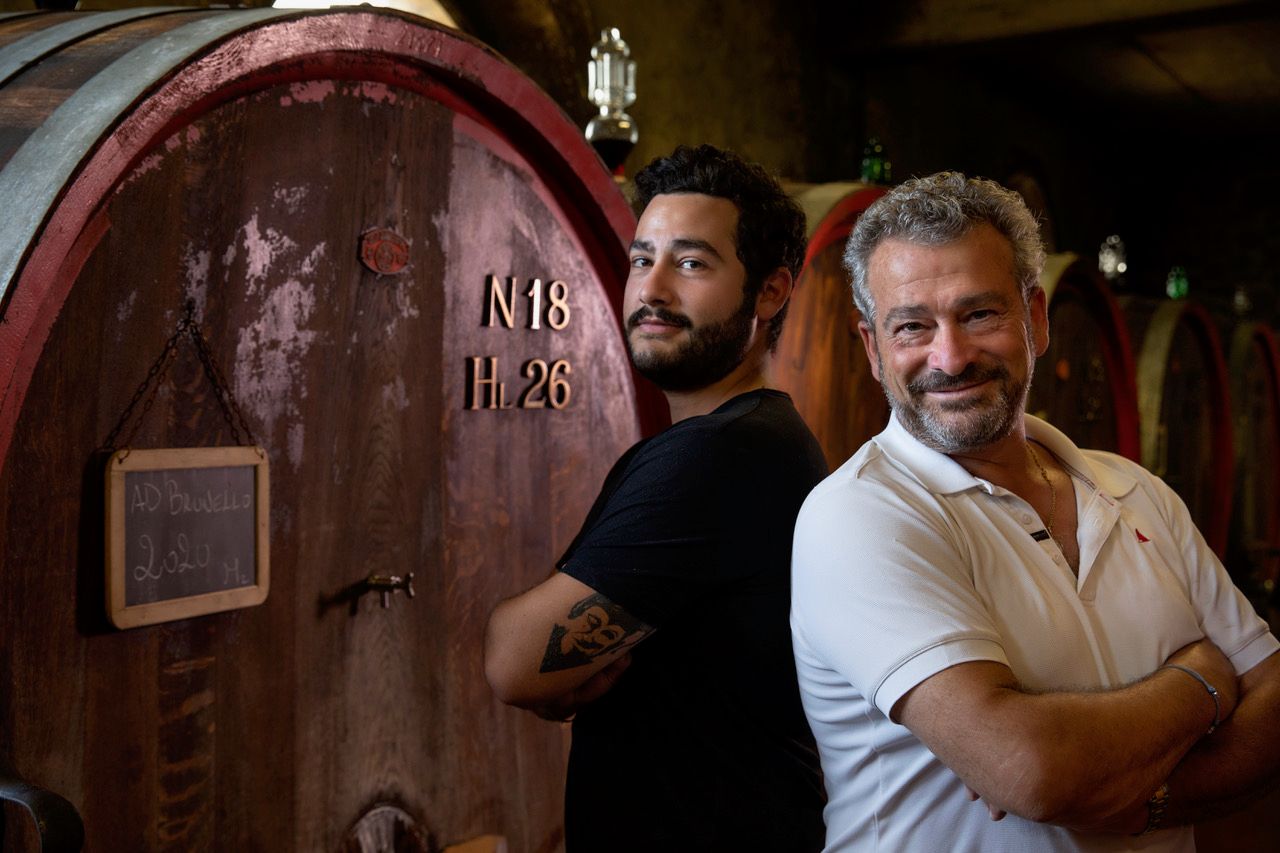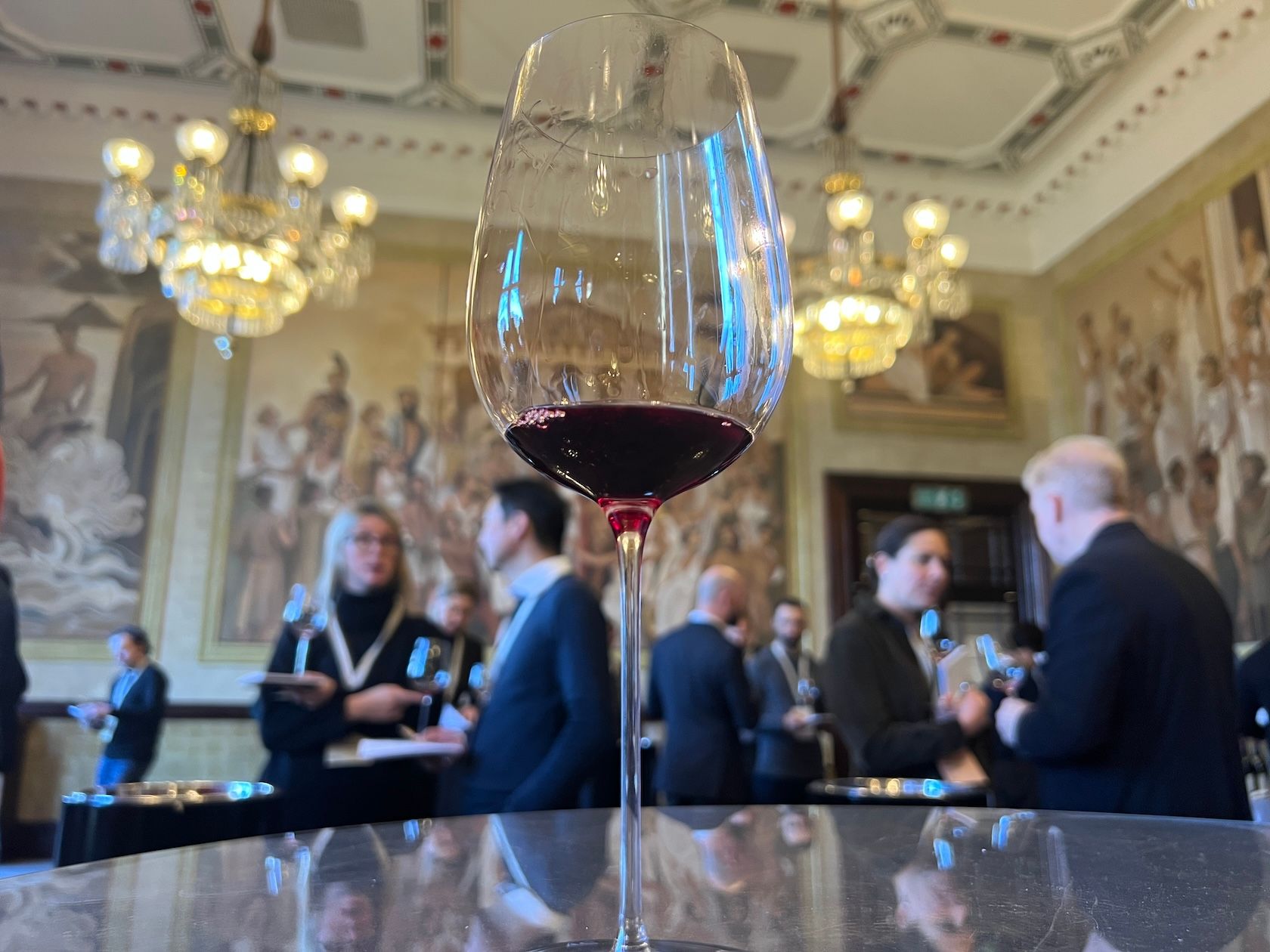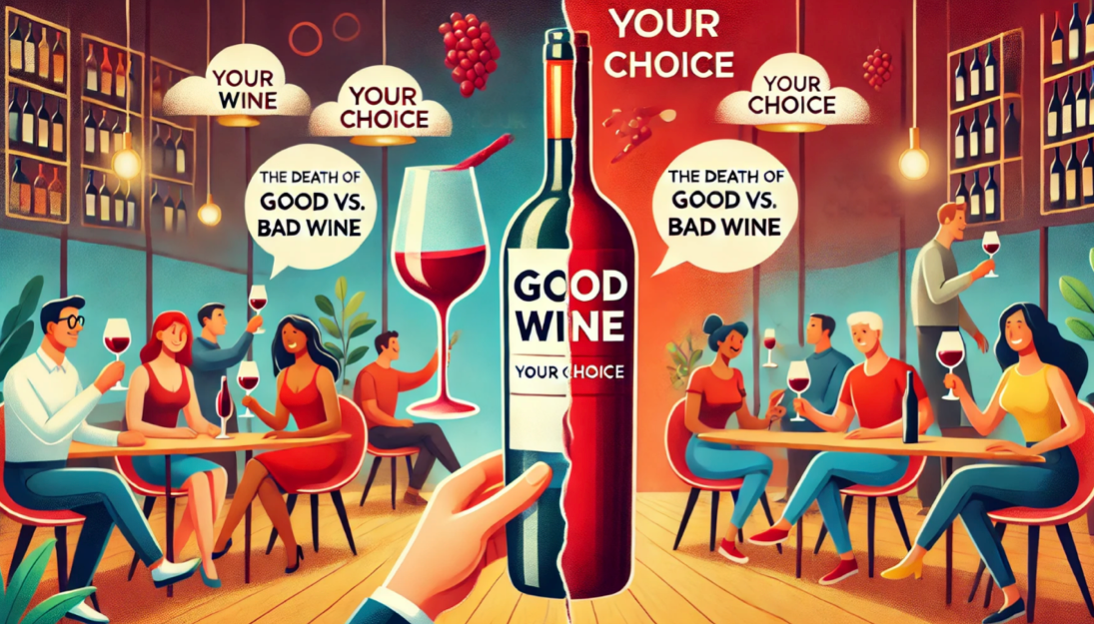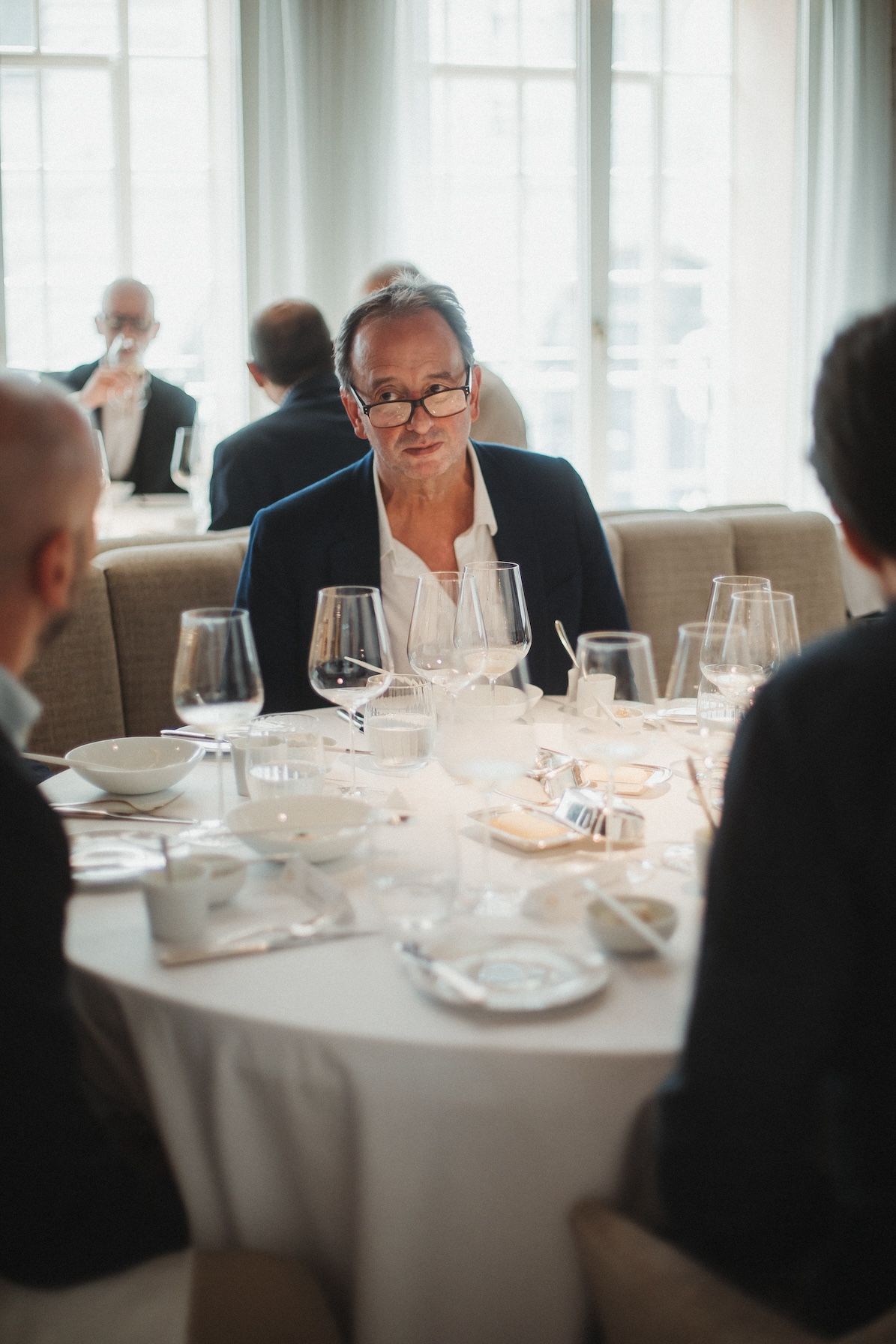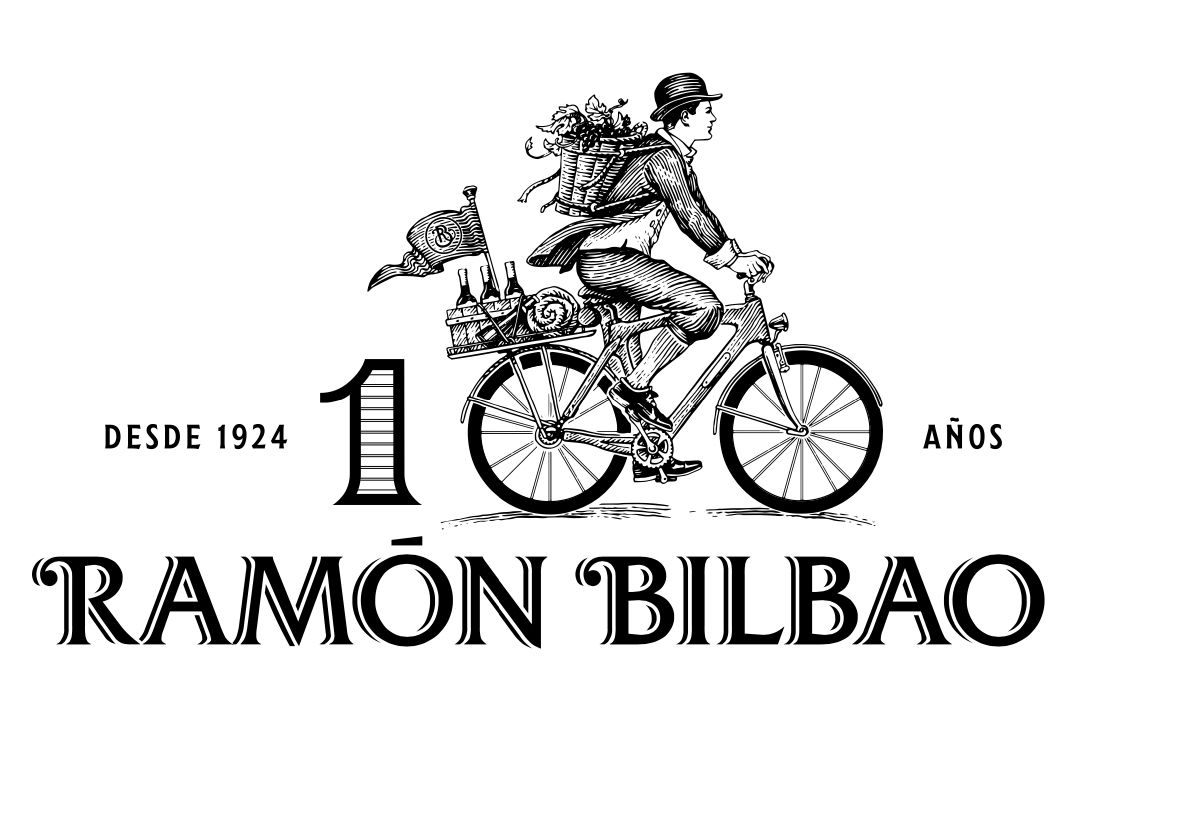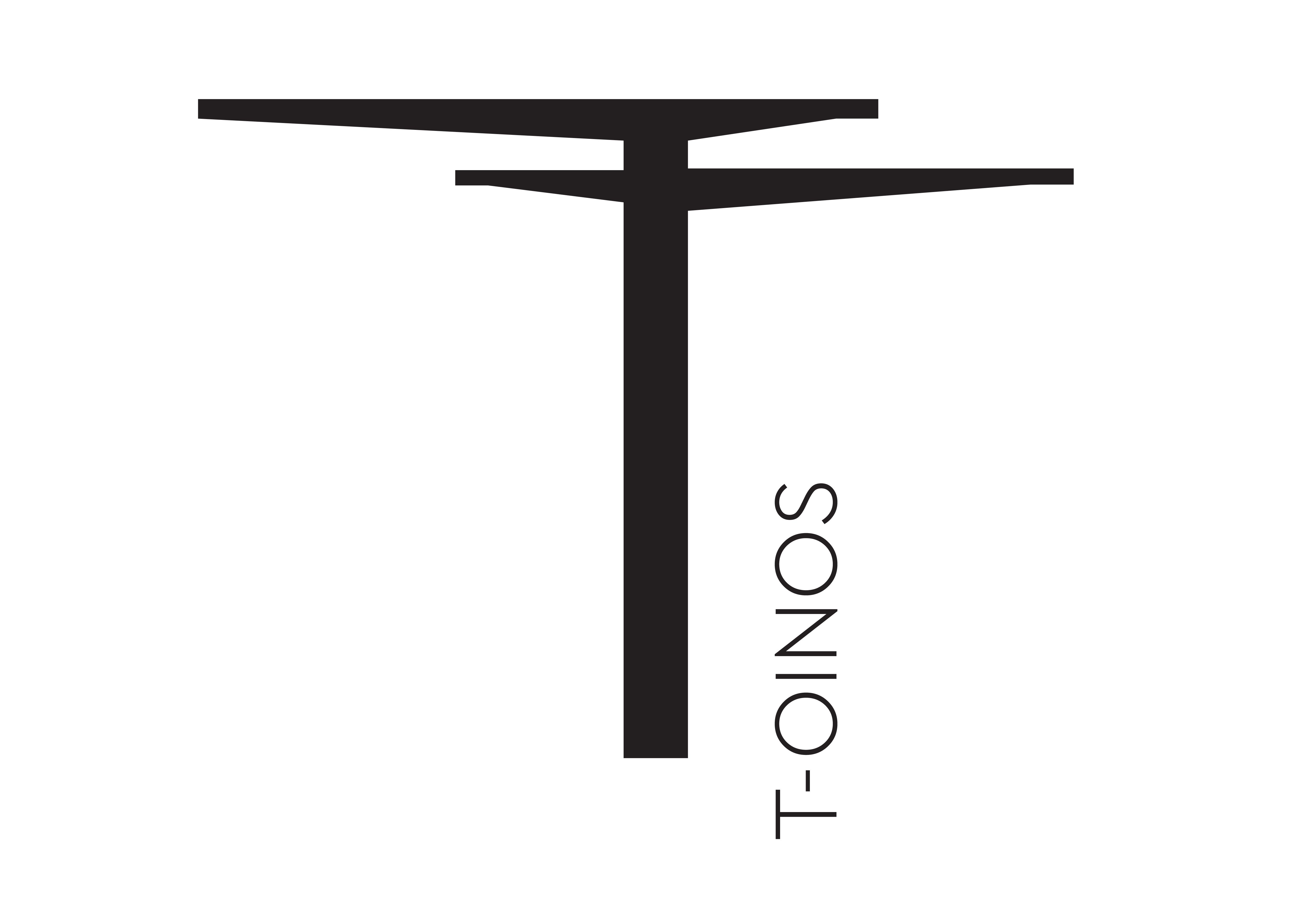Although Martinborough is a small township whose wineries represent just 3% of New Zealand’s vineyard and produce just 1% of its wine, Pinot Noir lovers know that it holds treasure, argues Krebiehl.
“You hate to see your masterpieces disappear,” Larry McKenna said about his single vineyard Pinot Noirs. Prior to 2006 he fermented the fruit from his Pinot Noir single vineyards separately but blended them back into the Martinborough ‘district blend’ Pinot Noir. This way, he says, “we saw some of our best wines disappear in that blend.”
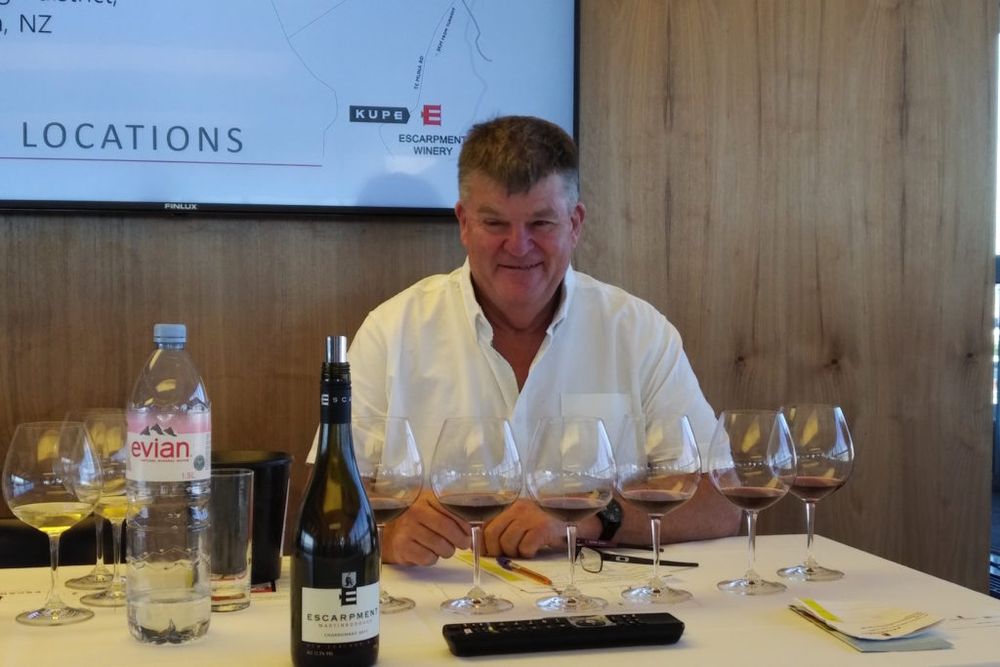
Larry McKenna, London, May, 2019
The Aussie winemaker, synonymous with his Escarpment estate in New Zealand’s Martinborough, was in London for a comparative tasting of his Pinot Noir single vineyard wines and a sneak preview of the newly released Chardonnay.
Located on the southern tip of New Zealand’s north island, Martinborough is a small township whose name is often used in place of the region’s proper name, Wairarapa. It represents just 3% of New Zealand’s vineyard and produces just 1% of its wine – yet Pinot Noir lovers know that it holds treasure. Larry McKenna proved that once again with a line-up of lovely, expressive and elegant Pinot Noirs – and Chardonnays snapping at their heels.
At 41° South, Martinborough lies at the same latitude as northern Tasmania – McKenna drew the comparison to emphasise Martinborough’s relatively cool climate. In the town itself and just outside where the Escarpment winery is, free-draining alluvial soils dominate. Deposited by repeated flooding of the Huangarua River, they warm up quickly, an advantage in the climate cooled by fresh southerly winds. The Escarpment winery and the Kupe vineyard are on the Te Muna Road, a few kilometres out of town along an alluvial terrace.

Larry McKenna’s winery on the escarpment, Martinborough, New Zealand, January, 2019
‘Te Muna’ means ‘special place’ and I know so well how special it is. Having cycled up there one windy afternoon ten years ago, putting down my bike on the grass to catch my breath, all I could hear was the sound of the crickets and the wind. An endless, overcast sky above me, casting moody light, it was a moment of stillness, of oneness, as though I had stopped while the clouds hurried above me as in a time-lapse. It is one of the most indelible memories I have of New Zealand. It is that overcast, yet bright light and that brisk breeze that I still seem to find in the wines.
While McKenna and his business partner Robert Kirby, also from Australia, did not set up Escarpment Vineyard until 1998, they bought some vineyards that had been planted earlier: The two vineyards were Te Rehua and Kiwa, both within the town of Martinborough. There is not much difference in soil type, but McKenna noted that Te Rehua is a 1.1ha site surrounded and protected by trees and always the first to be picked. He believes it also gives the darkest fruit impression. Planted in 1990 it is a colourful mix of various Pinot Noir clones. The 2ha Kiwa vineyard, planted in 1989, is a mix of three UCD clones which McKenna described as always having a “savoury” nature. The vineyard they planted themselves a few kilometres out of town on the Te Muna Road was Kupe in 1998. Unusually at the time, they decided to plant with a much higher density of 7000 vines/ha and entirely to New Zealand’s famous ‘gumboot’ or Abel clone.
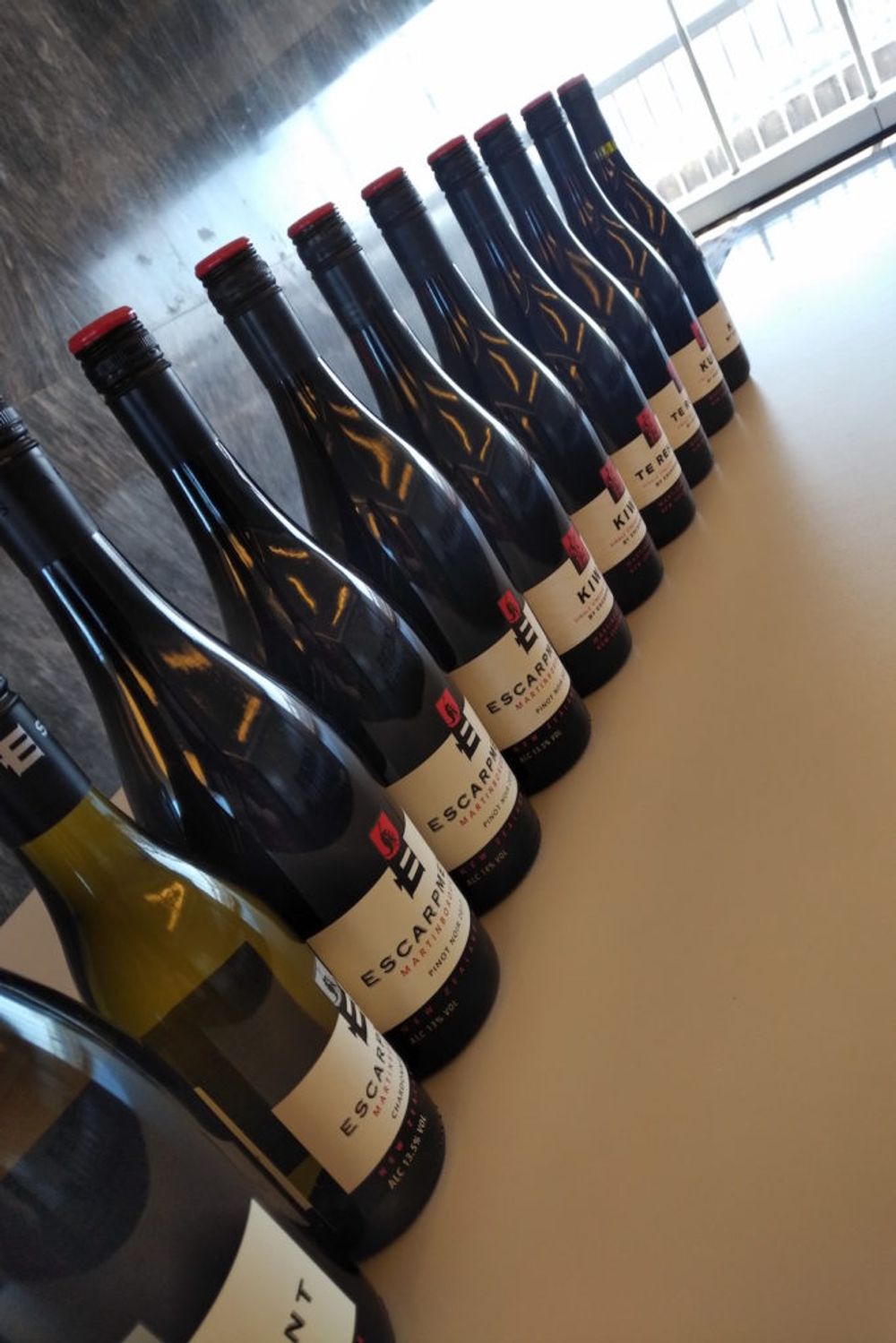
The line-up at the London tasting, May, 2019
By 2006, when McKenna decided to make single vineyard wines, these vines were then 16, 17 and 8 years old. Today they approach 29, 30 and 21 years. For Europe this is young, for New Zealand with its intense UV light, these are positively ‘old vines’.
Speaking about the progressive approach of planting, of always trying the latest rootstocks, clones and training methods, McKenna said: “The best fruit we were picking came from our most old-fashioned vineyards.” For him that is proof positive that with increasing age the vines speak more and more of place, regardless whether they were planted with the most up-to-date notions in mind.
“Kiwa is very old-fashioned but it gives us unique flavours,” he said. “I am a believer in vine age. Their fruit expresses were it came from better and better.” He said that the question he posed to himself was: “Can you taste a consistent character year after year?”
Today he is happy that “they do express their place over and above all else.” Spontaneous ferments in open-top cuves with roughly 50% whole bunch, natural malo-lactic fermentation and maturation in used and 20% new French pièce are the same across the board.
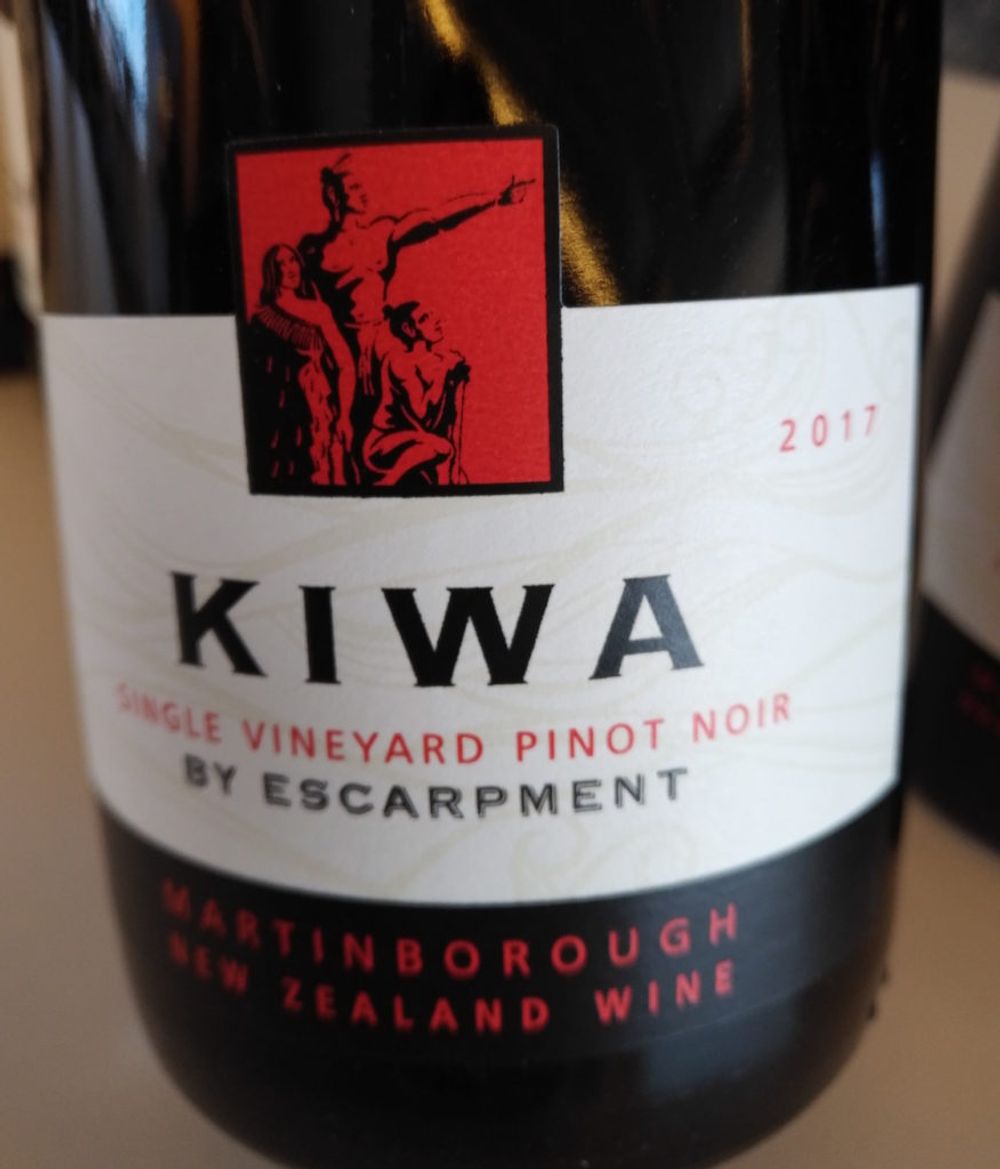
Escarpment Vineyard Kiwa 2017: The nose is vivid with white pepper, rain-wet rose hedge and redcurrant. A florality shimmers on the nose but also pops up on the slender palate which shows lovely tension. Slender but oh so sexy. Tingling with spice and tenderness.
Escarpment Vineyard Te Rehua 2017: An initial whiff of ripe, fresh black cherry softens to reveal a touch of hay flowers. The palate is concentrated and perhaps even a bit rustic but imbued with a robust energy and a wonderfully dense tannic structure.
Escarpment Vineyard Kupe 2017: A wonderful fusion of white pepper, red and black cherry and a suspicion of cinnamon on the nose moves onto a palate that is juicy and vivid with freshness. Fine tannins weave a firm structure that is dense and elegant in equal measure. There is real, deep substance here without one ounce of fat. Lovely.
Escarpment Vineyard Kupe 2011: Coming after a line-up of 2016/17 comparisons, this almost threw me with its vintage. I had to look twice but the 2011 really was very youthful. The cherry fruit had mellowed and the fine web of tannins embraced a core of deep fruit, radiating freshness and serene balance. For a moment I was back there at Te Muna Road.
